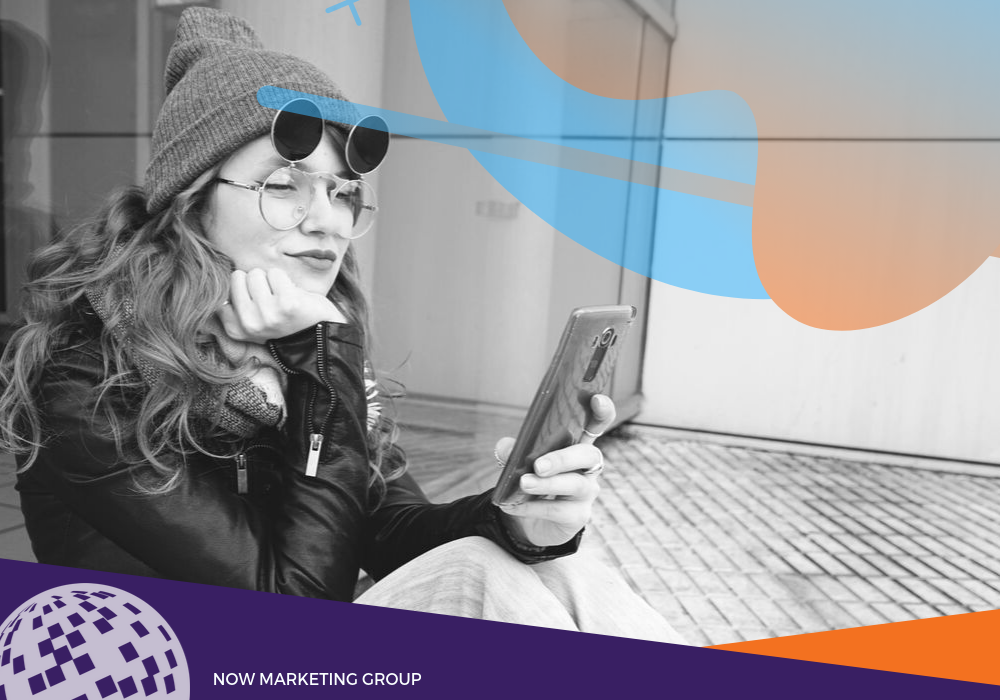How to choose your platform for the biggest impact, with special guest Gina Schreck
In a digital age where we are stretching our limits to be seen and heard, finding the right platform to build and grow relationships with our audiences is now more important than ever. Live streaming video is one of the most raw and authentic ways to make those connections.
Twitch, YouNow, LinkedIn Live, Facebook Live, Periscope, Instagram Live, YouTube Live… regardless of platform, taking the step to put yourself out there and incorporating Live video into your marketing strategy will help to build that know, like and trust factor we all are trying to achieve.
Across all of the far reaches of the internet, videos have taken over. Live videos, now are crucial part of online marketing. No matter the industry, no matter the business size, it’s a strategy that works… and, it shows no signs of slowing down either.
We often talk about building community and the importance of making valuable connections and scaling down the space where we nurture those relationships. We recently had a conversation with Gina Schreck and chatted about how video is such an important tool to use to help build those connections. Here are her insights, tips and advice ⇊ ⇊ ⇊
Gina Schreck is the CEO at SocialKNX, a digital marketing and social media management company in Colorado and the founder of The Village Workspace in Denver which is a female-focused coworking space opening this January.
Schreck was ranked by LinkedIn as one of the TOP 24 B2B Marketers to Follow in 2019 and has recently released her book “Social Media Doesn't Work: Unless you Do.” As an author, podcaster, blogger, and the lead coach at DIYsocial, she lives in a digital world all the time.
“The common thread, whether you’re in a co-working space or whether it’s online, is how we build community and how we connect better with people,” Schreck said. “I love live video for the reason of connection.”
Video builds trust and makes you more likable. Schreck says video can even help with the sales cycle, even potentially shortening it.
“Video to me is the number one way—then live video even accelerates it,” Schreck said. “It’s so real and it’s not produced and polished and perfect.”
If you think about it, why would a sales cycle take several months? It’s because it takes time for people to get to know, like and trust you. By incorporating video, that know, like and trust timeline is shortened because you’re offering insight to your customer that they might not have gotten as quickly.
Each social media channel has a little bit of a different vibe. Focus should be on the audience, more than the channel itself. You don’t have to be on every one, but try to monitor and pay attention to what’s happening. Audiences change so a platform that may not have worked for you two years ago, may now work.
Here’s some guidelines.
- Facebook: There is an audience for nearly everyone on Facebook. It’s one of the most diverse channels. People are on it to learn, connect, and have fun. “A Facebook executive actually predicted that their platform will be all video and no text by 2021.” (Quartz)
- LinkedIn: A little more professional. You don’t need a suit, but don’t go live poolside.
- YouTube: The educational platform. Be ready to go live with your teaching props. (But, it’s still a conversation, not a presentation.)
- Twitch: There’s still not a lot of marketing potential here yet—right now it’s a very specific audience of mostly teenage boys. But, it might be something that could work for you eventually.
- Instagram: Super casual. Perfect for when you’re out on the street or at an event.
Schreck had some suggestions for those who have yet to get started:
- You look how you look and you sound how you sound. That’s you! And while you may not be used to looking at you, other people are. It’s also something you won’t be able to change. So, you have to get over the fear of watching yourself or listening to your voice.
- Find your buyer persona, imagine an avatar, and act as if you were talking to that one person. Who is the client who is on that platform? Have a conversation with them.
- If you go live solo, consider making the stream a bit shorter. The more people who join you, the longer you can go.
- Don’t forget to look behind you! People will notice your background, so tidy up clutter and hide piles of laundry. It’s distracting to have too much going on behind you. There are cheap backdrops available on Amazon, so if you don’t have a place that would work, consider picking out one of those.
- Use a third-party tool to add an element of professionalism. Look for ways you can add those elements of branding.
- Another thing to consider—consistency. There should be some sort of consistent schedule you try to hit. Commit to going live on a monthly or weekly basis. Aim for the same day and time. This helps you audience know what you’re going to do and when, which builds trust.
- Know the difference between “live” streaming and “life” streaming. Live streaming is planned. You have points you want to make, something you want to teach, or something you want to demonstrate. Life streaming is more in the moment, at an event or when you have something you want to show or share with people. These two things are suited for different platforms. For instance life streaming wouldn’t work really well on LinkedIn.
“To me, the whole thing about being likable is, if you’re giving me content that helps me improve something–my life, my business, my whatever your market is–when you’re giving me information that is truly useful, and not trying to sell me something… how could I not help but to like you more?” Schreck said. “Who am I going to call when I have a need? Am I going to call the person who I see all the time helping me or this person trying to sell to me?”
If your message is to genuinely help others and provide value, it will shine through in your video… that makes you “likable!”
If you have been on the fence about pushing that record button... its time. Incorporating video into your marketing message creates an unmatched authenticity. Do you have any best practice tips to share when it comes to adding video into the mix, we’ve love to hear them?




Comments